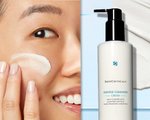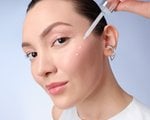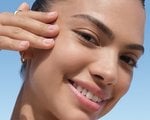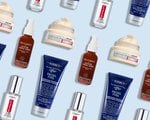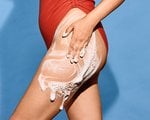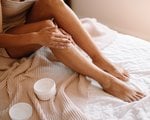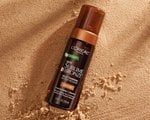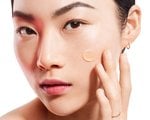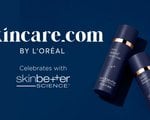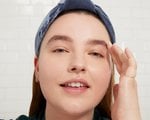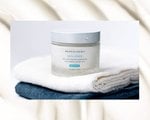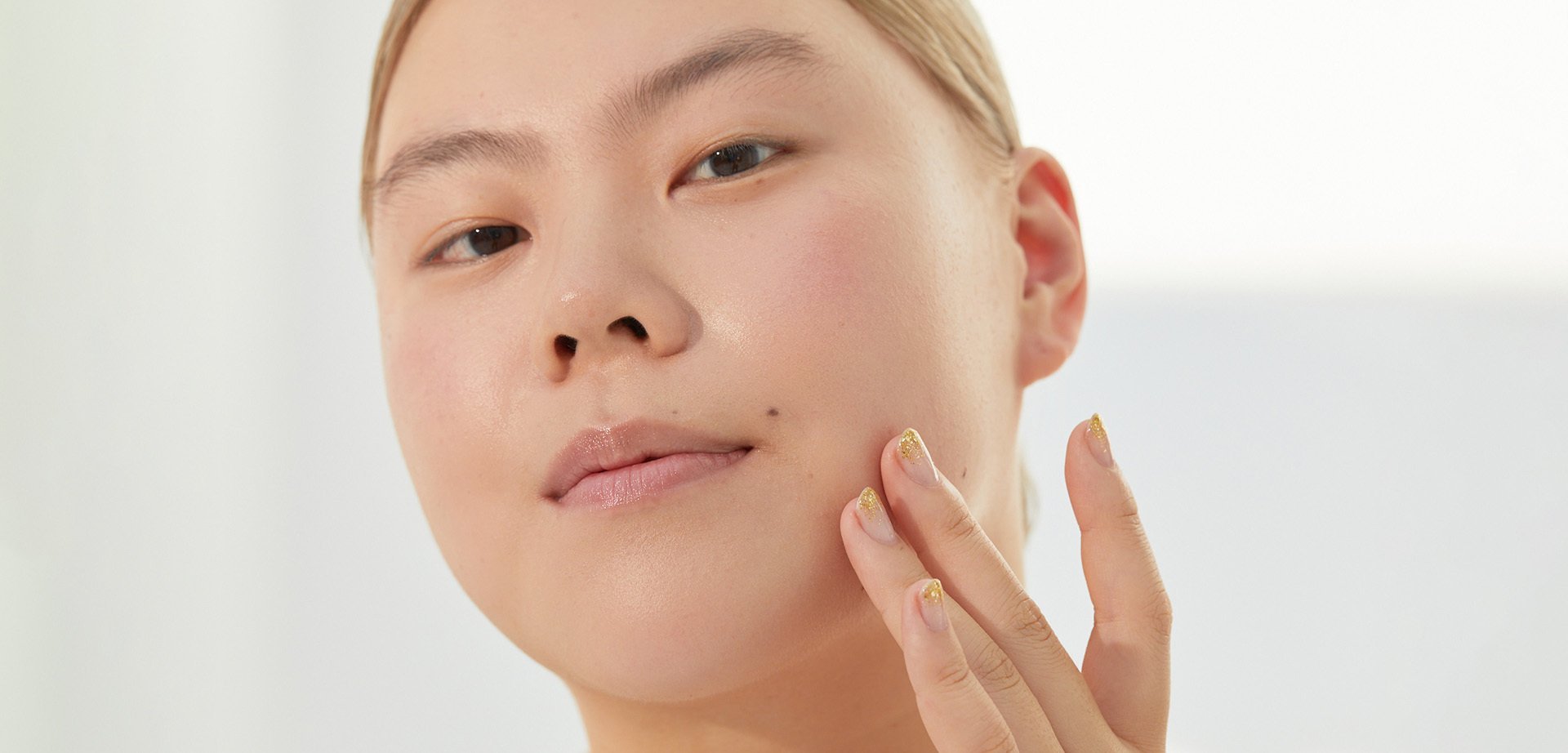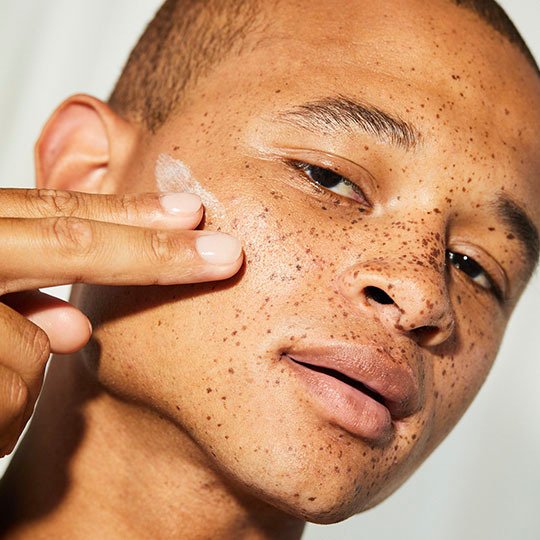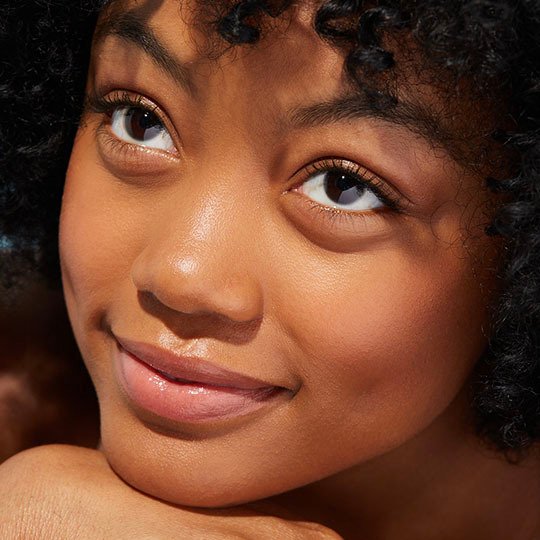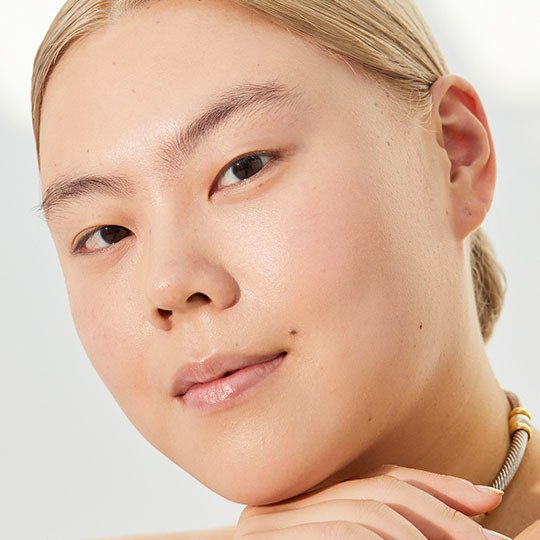How to Treat Scalp Breakouts (Because They Happen)
July 19, 2023
What Is Scalp Acne?
Similar to acne elsewhere on your body, scalp acne is when you have pimples or breakouts on your scalp and hairline. One notable difference between acne on your face and acne on your scalp, however, is that your scalp has thicker skin. This can cause the acne to be more painful than blemishes on your face.
“The scalp has skin that’s much tighter, so when you have buildup of pus or keratin, inflammation doesn’t have much room to stretch the tissue,” says Dr. Nazarian. She explains that this pressure from underneath the skin can lead to discomfort.
What Causes Scalp Acne?
According to Dr. Kappel, “most scalp acne is due to folliculitis, which means inflammation in the hair follicle.” Folliculitis, however, can be caused by many different things. Your scalp, just like your face and body, is prone to getting acne due to the presence of oil and sebaceous glands. In fact, the scalp actually has a higher density of oil glands, and, as a result, creates more sebum.
“These oil glands are sensitive to the same hormonal fluctuations as the skin on the rest of the body,” says Dr. Nazarian. “Depending on what your hormones are saying, they may instruct oil glands to rev up activity, which could lead to acne.”
Dr. Kappel echoes this. “If you have a buildup of sebum, overproduction of oil, or get a buildup of dead skin cells or other contaminants from the environment, it can clog the pores leading to breakouts, pimples and painful pustules, which can become problematic,” she says.
Essentially, once the sebum mixes with dead skin cells and bacteria, a pimple can form on your scalp, just like it does on other areas of the skin.
In addition to clogged pores, clogged hair follicles can also cause inflammation. “The inflammation allows ‘p acnes,’ or propionibacterium acnes bacteria, to proliferate and grow, which leads to more inflammation and pus and it turns into a vicious cycle,” says Dr. Kappel.
Finally, explains Dr. Kappel, there are more severe, rare forms of scalp acne called “acne conglobata” and “acne fulminans.” These may require oral medication, so if you start to experience persistent scalp acne, you’ll want to schedule an appointment with a dermatologist to get to the bottom of what might be causing it.
How to Prevent and Treat Scalp Acne
If you’re suffering from scalp acne, the good news is that it’s treatable. From prescriptions to shifts you can make to your everyday hair-care routine, getting your scalp breakouts under control is possible.
Tip 1: Consult With Your Dermatologist
If you’ve noticed what seems like pimples cropping up on your scalp, the first thing you should do is consult with a board-certified dermatologist. Not only can they provide a diagnosis, they can also prescribe shampoos, oral antibiotics or topical ointments to help combat scalp acne.
While an OTC benzoyl peroxide spot treatment may help in some cases, a more concentrated prescription might be needed in order to penetrate the scalp’s thick skin. What’s more, if you have a particularly painful pimple or cyst on your scalp, your dermatologist may recommend alternatives, such as getting a cortisone shot or draining the fluid.
Tip 2: Try Washing Your Hair Daily
Breakouts on the scalp are caused primarily by hormones, not hygiene. Even if your hairstylist has told you to wash your hair only a couple of times a week, Dr. Nazarian explains that cleansing your hair every day can help manage acne. “There’s something to be said about not washing your scalp enough and having acne because when you leave oil on the scalp, you’re leaving sebum on the scalp and occluding a lot of those glands, which can lead to acne.”
If you’re concerned about drying out your scalp, Dr. Nazarian says not to worry. “The scalp is one of the oiliest places on the body; it's not going to dry out.” Conversely, your hair strands are prone to dryness. To prevent dry hair, it's important to focus your shampoo on the scalp instead of the lengths of your hair, and always follow up with a conditioner.
Tip 3: Be Thoughtful About Hair Products
While washing your hair more often is a potential solution to scalp acne, if you’re using the wrong products, it could exacerbate the problem. Therefore, you may actually need to take a break from certain shampoos or other hair products. Dr. Kappel warns that there are many shampoos, dry shampoos, leave-in conditioners, hair gels and hair sprays that leave a pore-clogging residue on your scalp.
Instead, look out for oil-free and non-comedogenic shampoos. Shampoos with keratolytics, or active ingredients that break down dead skin cells and help prevent build-up, should be your go-tos. (More on that in a sec.)
Tip 4: Select Shampoos That Treat Scalp Acne
If you suffer from scalp acne, try to steer clear of occlusive hair gels or pomades that can block oil glands and lead to breakouts. Instead, look for shampoos and conditioners formulated with either salicylic or glycolic acid (keratolytics!) to help slough away dead surface skin cells and exfoliate the scalp area. We recommend the Redken Extreme Hair Strengthening Shampoo, which contains salicylic acid and is great for targeting acne on the scalp.
Other ingredients to look for? Selenium and zinc, which calm and soothe the scalp.

Tip #5: Be Mindful of Hair Accessories
While you may like to throw on a headband or a baseball cap before heading to the gym, you might want to reconsider. “There’s a type of acne called acne mechanica that happens a lot when people wear hats, headbands or hair ties when they’re working out,” says Dr. Nazarian. “These things can put pressure on or rub on the scalp and trigger acne.”
Tip #6: Consider Your Diet
“Diet and hormones can play a role in acne on the scalp, just as they play a role in acne on the face, chest or back,” says Dr. Kappel. This means that if you are going through hormonal changes such as puberty or menopause, you may suddenly notice breakouts on your scalp. But if that’s not the case for you, your diet could also be a culprit.
“Eating a clean diet with foods that don't spike your insulin will reduce your body's over-production of oil and inflammation response,” she advises. “Limiting dairy, which can also increase inflammation and sebum production, will help.” Before making any dietary changes, it’s important to consult with a licensed healthcare provider.
Our Favorite Products for a Healthy Scalp
Garnier Fructis Pure Clean Shampoo
The Garnier Fructis Pure Clean Shampoo contains salicylic acid, a beta-hydroxy acid known for its acne-fighting powers. Dermatologists often recommend products with salicylic acid to help clear up breakouts on your face, and the same logic can be applied to the skin on your scalp.

Kiehl’s Amino Acid Scalp Scrub Detox Treatment
Exfoliating with a scalp scrub, like this one from Kiehl’s, is an easy way to get rid of any build-up of dead skin cells, bacteria and oils on your scalp. The Scalp Scrub Detox Treatment is also formulated with salicylic acid, as well as sea salt and an amino acid blend.

Kérastase Scrub Énergisant Purifying Scalp Scrub
The Kérastase Scrub Énergisant Purifying Scalp Scrub is another scrub option to help cleanse excess build-up and promote a healthier scalp. Not only does it contain salicylic acid, but it also has vitamin B5 to balance your hair and scalp and prevent dryness.

Matrix High Amplify Root Up Wash Shampoo
Use this deep cleansing shampoo once a week to effectively remove heavy, clogging residue at the roots of your hair. An added benefit: majorly lush, voluminous hair.

Carol’s Daughter Hair Milk Cleansing Conditioner
If you have curly or coiled hair, try the Carol’s Daughter Hair Milk Cleansing Conditioner. This multitasking product is a nourishing conditioner that also washes away impurities without stripping hair.

Nécessaire The Shampoo
Think of The Shampoo by Nécessaire as a cleanser and treatment for both your scalp and hair. With hydrating hyaluronic acid, vitamins B3 and B5 and soothing aloe leaf, you’ll enjoy a calm, balanced scalp and soft, shiny hair.

